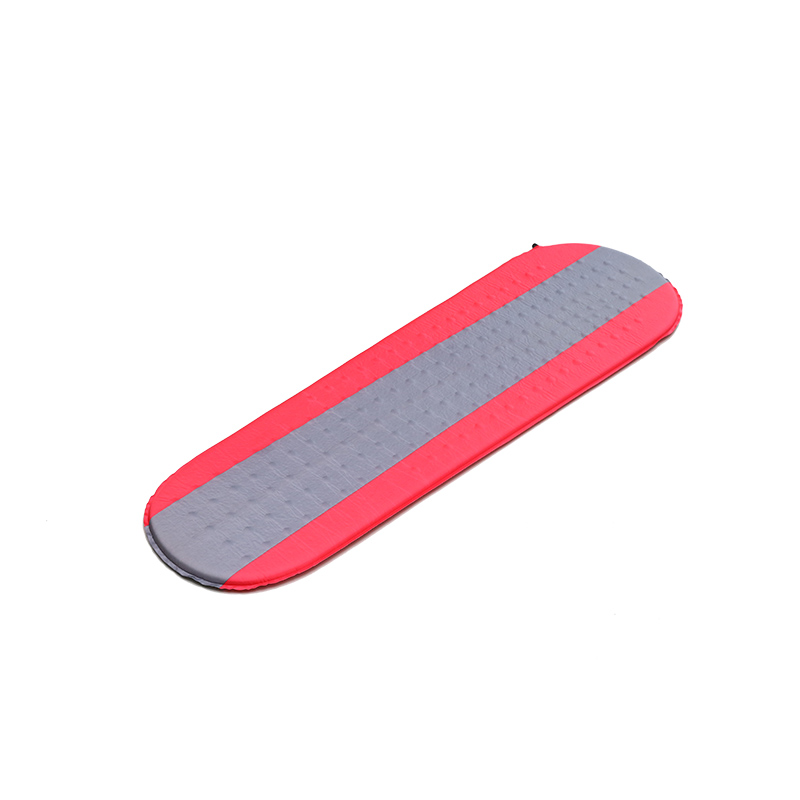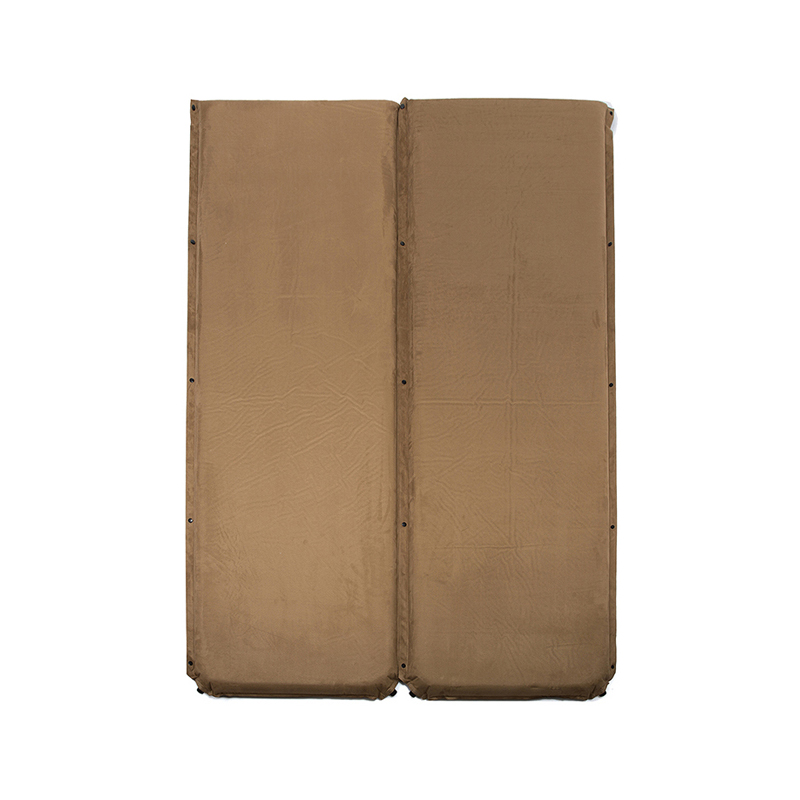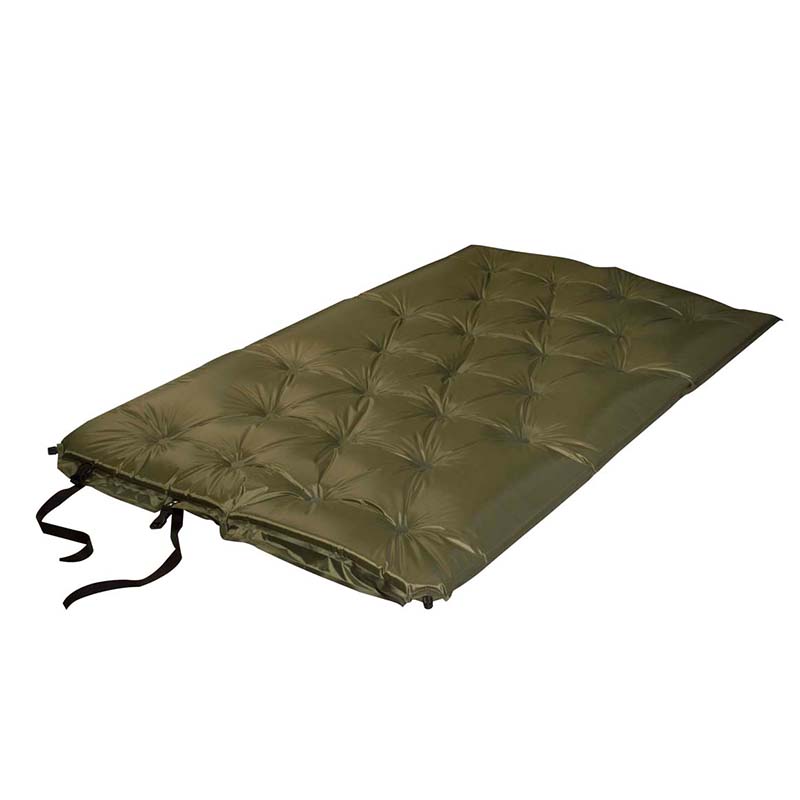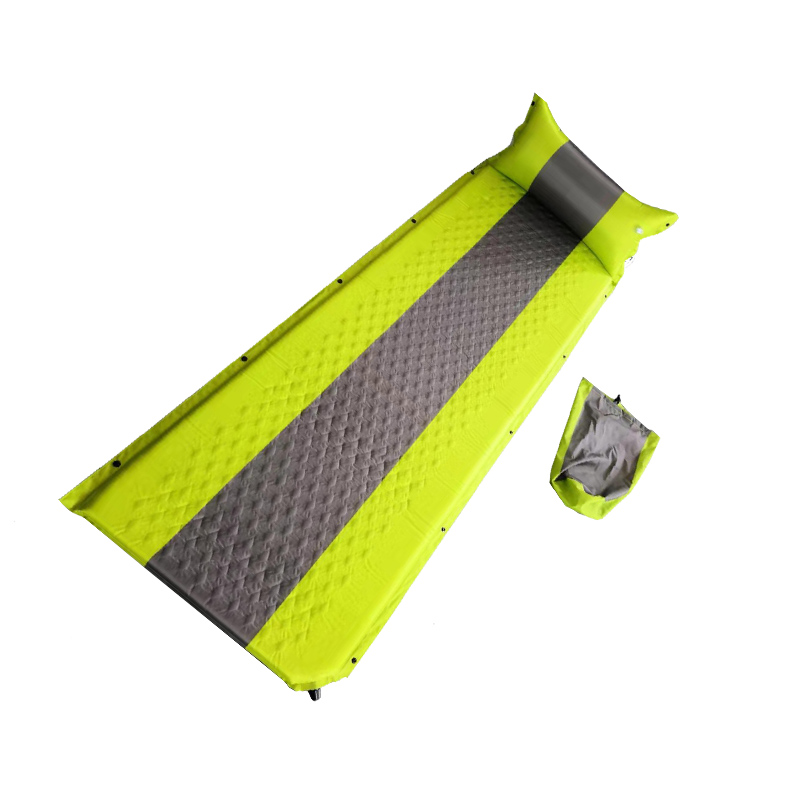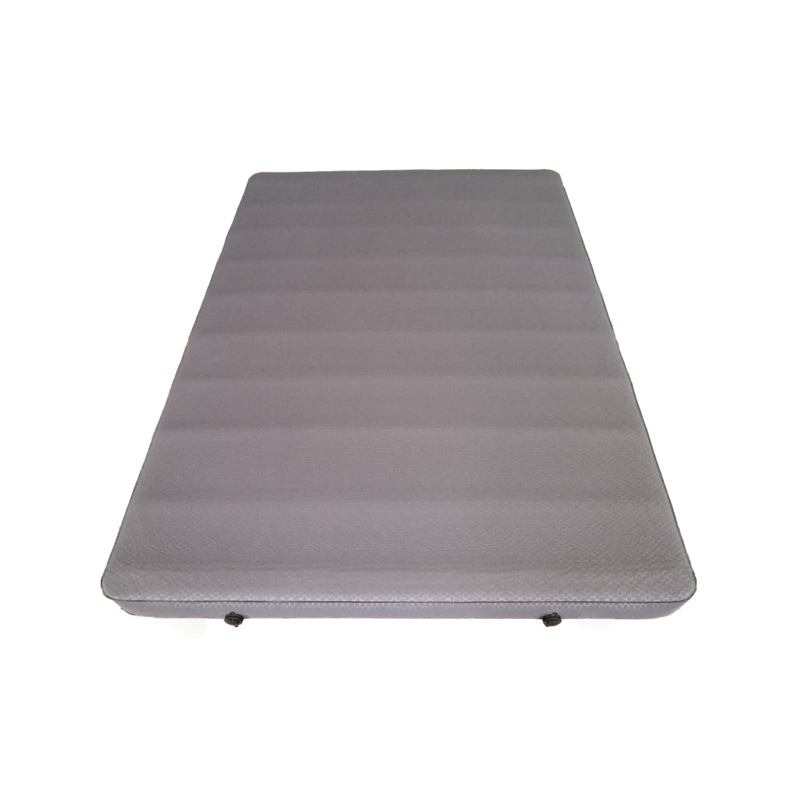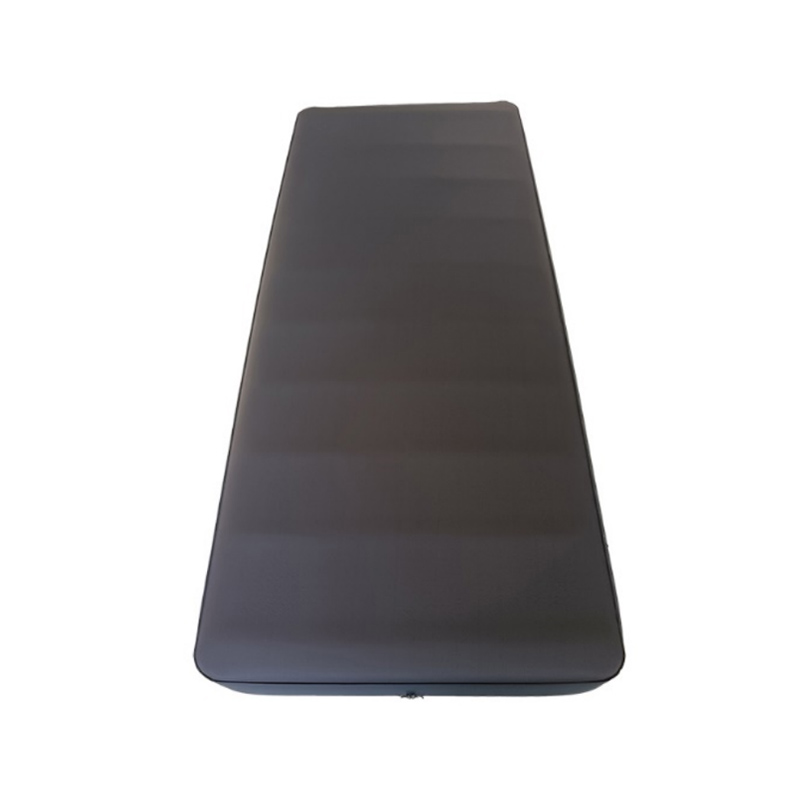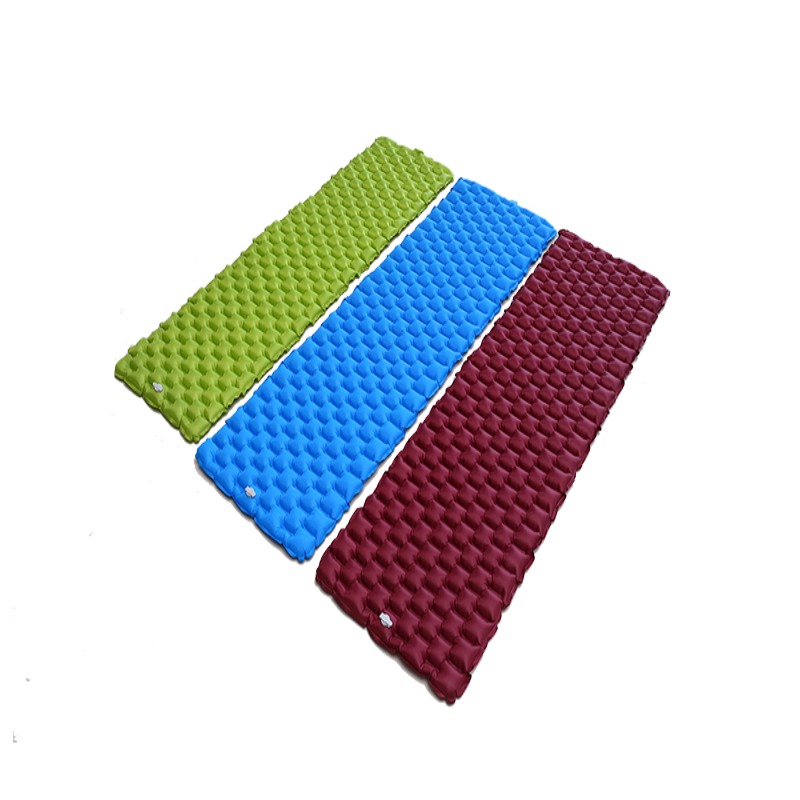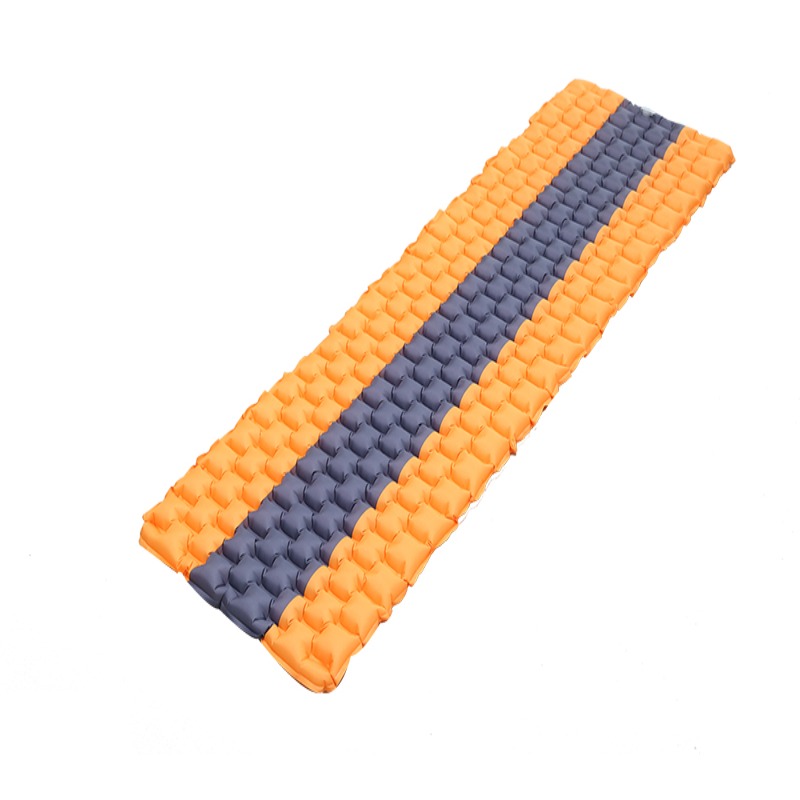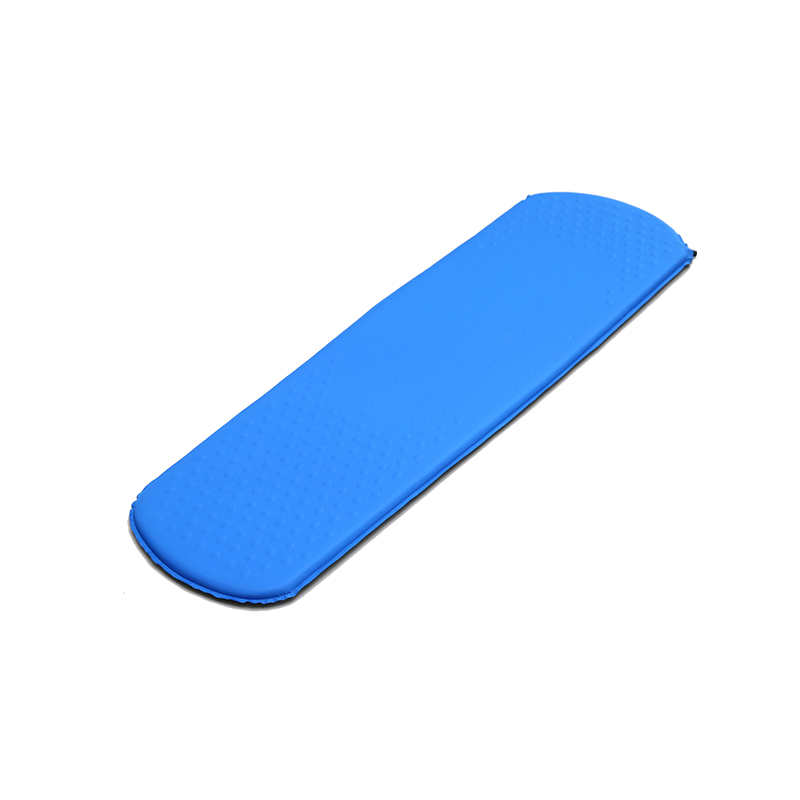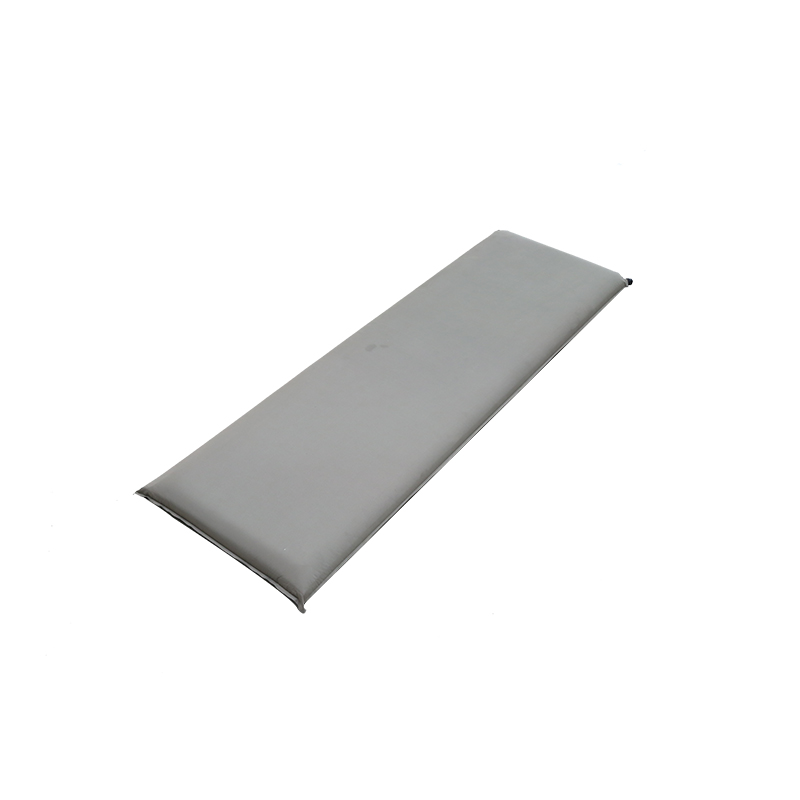First of all, some friends may have a little understanding of why sleeping pads are needed in addition to sleeping bag tents. Here is a brief explanation. There are four ways to lose heat from the human body: evaporation, convection, conduction, and radiation. Among them, conduction and convection dissipate the most heat, while lying down while sleeping, the heat loss from conduction accounts for the bulk. If you sleep directly on the ground outdoors, the result is that no matter how thick a sleeping bag is wrapped, you will feel cold, because the ground is constantly sucking your heat away. There is a large loss of heat, ranging from weak action on the second day, to direct loss of temperature at night.
There is no doubt about the necessity of sleeping pads. There are so many sleeping mats on the market, how should I evaluate them and choose the best?
The first consideration should be the main mission of the sleeping pad-keeping warm
R-value: The most important warm-keeping index R-value is an important parameter used by many sleeping bag manufacturers to show the warmth-keeping ability of their sleeping pads. The R value, namely R-Value, is named after the R of the English phrase Thermal Resistance (heat isolation). It is used to measure the ability of an object to insulate heat conduction. The higher the R value, the stronger the heat insulation ability. The R value is a universal scale used in the material industry, not exclusive to outdoor use.
The three major categories of sleeping mats can isolate heat conduction and increase the R value. There is a common practice all over the world: lock the air. Although flowing air takes away heat, still air is an excellent "material" for thermal resistance. Why is down material so warm? Because there are countless small air sacs formed between the piles. The design idea of the sleeping pad is the same: lock the air.
Based on this, there are no more than three types of sleeping pads on the market: foam pads-keep warm through countless small airbags inside tightly closed-cell foam materials. Inflatable cushion-artificially construct an air bag and fill it with air to keep warm. Some models will fill the airbag with other insulation materials to further enhance the thermal performance. Self-inflating cushion-a combination of foam cushion and inflatable cushion, using the expansion of open-cell foam to achieve self-inflating effect.
Recognize the most simple and easy-to-use type of foam pad. It is basically made of closed-cell foam. The advantages and disadvantages are obvious: the advantages are no need to inflate, no fear of puncture, can be used on the ground, stable structure, and durable. Disadvantages cannot be compressed and large in size. The R value is low and it is difficult to use it alone in a cold environment. The cushion body is thin, unable to effectively filter part of the uneven terrain.

 简体中文
简体中文 English
English 日本語
日本語 Español
Español Deutsch
Deutsch